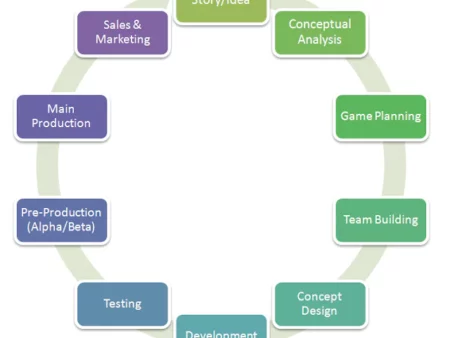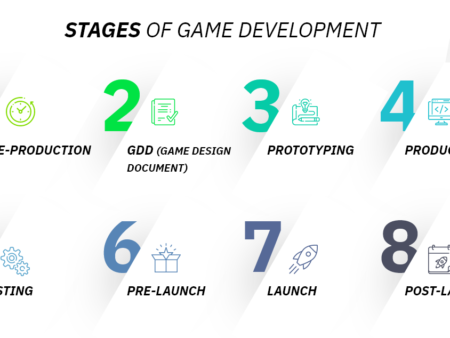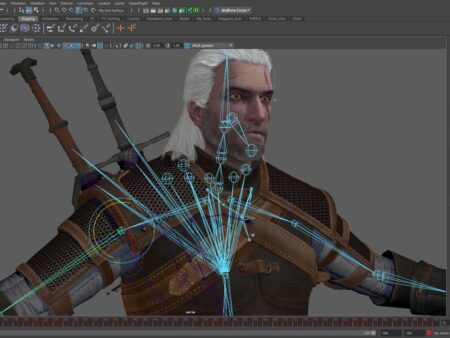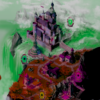Want to know how video games are created?
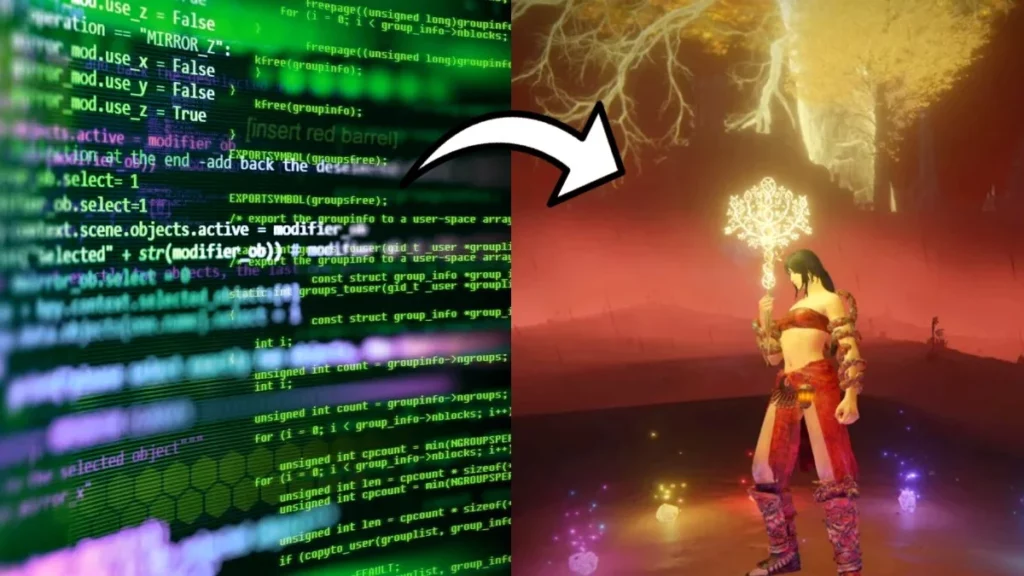
This article discusses the video game development process, and in particular the “pipeline,” an industry term for the process of creating a video game from scratch.
What is a game development pipeline?
A game development pipeline is the process of creating a video game from concept to completion. Similar to a production line, a game development pipeline helps organize the flow of work so that everyone knows what needs to be implemented and when. A pipeline also helps manage the game development schedule and budget, reducing inefficiencies and bottlenecks.
While pipelines differ between projects and studios, the process is pretty similar whether you’re working on an indie or mobile game.
The game is constantly evolving, and things that seemed great in theory may not work so well in reality. Consequently, the pipeline is not necessarily a linear process. Work should be directed for creative approval and can often go back for refinement. Pipelines should be flexible enough to accommodate revisions and course changes.
The 3 stages of game development
Video game development is usually divided into 3 stages: pre-production, production, and post-production.
- Pre-production
This is where every project begins. Essentially, pre-production defines what the game is about, why to make it, and what it takes to make it. You may have a great idea for the type of game, story you want to bring to life, or you may want to create one that utilizes a certain type of technology (like VR, a new controller or console). In the pre-production phase, you should have answers to questions such as:
- What is the game about?
- Who is our target audience/users/public?
- Are there analogs in this market? What is the competition?
- What platform will the project be created on?
- How will it be monetized? Will it be sold on the platform or will it be sold for free with in-game purchases?
- How long will it take to develop?
- What kind of staff and resources will it require?
- What is the estimated budget?
This phase can take anywhere from a week to a year, depending on the type of project, available resources and finances, and usually takes up to 20% of the total production time.
At this point, the team is pretty small. It could be a producer, programmer, concept artist (or, if you’re working alone, you’ll be doing most of it!).
The video game producer handles the business aspect of the project, especially the financial aspects. They manage the budget and develop marketing strategies to sell the product.
Concept – An artist sets the tone for the project early on through development and art sketches. These early visuals help shape the language of the game, giving everyone working on the project a visual guide to the overall look and feel.
The information gathered during this pre-production phase forms the basis of the game design document. The Game Design Document (GDD) is essentially the north star of the game. It is a living document that helps everyone understand and embrace the larger vision of the project.
GDD keeps you organized, helps you identify potential risks, and allows you to see in advance who you may need to hire/outsource to bring your project to life. Your game idea may seem pretty simple, but once you lay it out in a GDD, you’ll soon realize just how big and resource-intensive your project is. Projects without a plan are more likely to run on time and budget.
Another reason to have a GDD is to help promote and fund your game. Potential investors will want to see a solid plan before investing. Finally, a GDD will help you promote your product once it’s ready for release.
Prototyping
A video game prototype is a raw test that tests functionality, user experience, gameplay, mechanics, and artwork. Prototyping occurs in the pre-production stage to test whether a game idea will work and is worth pursuing. Many ideas don’t make it past this stage.
The team often starts with paper projects to test theories and work through the many nuances of a game or series of systems quickly, easily, and economically.
While ideas, psychology, theories, and other deep thinking metaphors are important, you can only design so far in your mind or on paper. Most game ideas need to be touched, felt, played with, and tested much sooner than later.
The goal is to get the prototype up and running as soon as possible to see if your ideas really work and if the game is as engaging as you hoped. Prototyping can also reveal unexpected problems that could potentially change the entire course of your project. It’s important to have others test your prototype because things that are obvious to you may not be to others.
Game Design
Filler assets are used to save time and money. These low-quality resources replace things like weapons and props in the early testing phase, and if approved, they will later be replaced with final high quality versions.
Filler resources can be purchased or found for free online in game development software. These are usually fairly simple forms, but they can be a bit more advanced, such as this Soul: Cave resource pack from Epic Games for Unreal Engine 4.
Production
Production is the longest stage of the conveyor belt. It takes between 1 and 4 years to complete, and this is when the game really starts to take shape. The story is refined, resources (characters, creatures, objects and environments) are created, game rules are established, levels and worlds are created, code is written, and more!
Almost everything in video games is a conscious decision. This includes all characters, environments, objects, and the look, colors, sounds, difficulty level, rules, and scoring system. However, initial ideas don’t always translate so well into reality, so the game is constantly being tested and refined as the work is done.
Let’s take a look at the major stages of game production and some of the key jobs in video game development, keeping in mind that smaller teams will have to fill multiple roles, while a larger studio will have more employees, many of whom specialize in a specific aspect of production.
According to industry veteran Troy Dunniway, creator of CG Spectrum’s Game Design Diploma, because players expect cinematic-quality graphics, 75-90% of a game’s budget goes to design.
